
Highlights of the day were an Acadian Flycatcher at Tobacco Creek, an Ovenbird and Common Yellowthroat at East Park Boundary, and a Great-crested Flycatcher at Hackenburg Creek.
Northern Waterthrushes appear to be paired and breeding at three locations on my study route. Carolina Chickadees already have fledged young. The female White-eyed Vireo was sitting tight on her nest, and there was no activity at the Black-chinned Hummingbird nest.
I don't hear the song of Summer Tanagers anymore, however, they are present in pairs at all my study sites. Now that they are paired they are using a contact call.
Ovenbirds are a unique warbler that nest on the ground. They have a very distinctive song. They repeat "teacher, teacher, teacher" very loadly. I have found Ovenbird nests in Northern Michigan. They are domed, made of grass, and have a side entrance.
I finally discovered the Rock Squirrels which hang out around the steep rocky slopes along the Pedernales River. They are mostly black with lighter spots on the rump. This is a cool looking ground squirrel as compared to the arboreal Fox Squirrel, the more common squirrel of this area.
The butterfly photo above I believe to be a Little Wood Satyr butterfly.

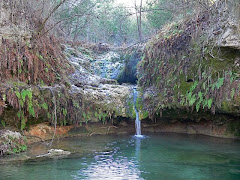
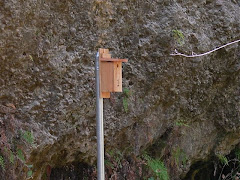
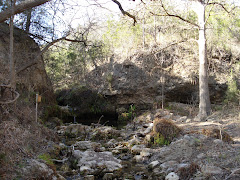
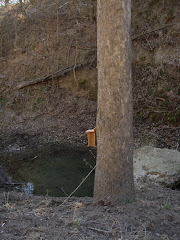
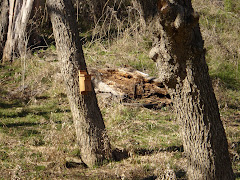




2 comments:
Neat, you seem to have a real knack for finding nests! Love the butterfly picture.
I used to think finding a Hummingbird nest was impossible until last spring when Trey Kelley and I were out surveying the Barton Creek Greenbelt. 30' up a tree along a ravine Trey found one. When a bird builds a nest they draw much more attention to it. I bet the Brown-headed Cowbird is a master at watching for nest building activity?
Post a Comment